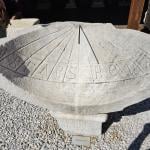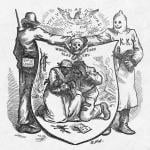The dragon mounts three attacks on the woman (Revelation 12). First, he stands ready to attack the laboring woman and gobble up her child (vv. 1-4). The child is snatched away to heaven and the woman flees to the wilderness. Here the dragon is taking the role of Herod, who sought to wipe out the threat from Jesus at the outset. Second, he is thrown from heaven and mounts a direct attack on the child-less woman (vv. 13-14). Again she... Read more
















